iPhone 15 vs iPhone 12: might be time for an upgrade
We may earn a commission if you make a purchase from the links on this page.

Intro
Despite its infamous issues with battery life, the iPhone 12 marked a significant point in the iPhone's history, as it was the first generation to introduce a new design in a while. Three years later, we now have the iPhone 15, and even though the visual differences are not as striking at first, they are ever so (if not even more) crucial to the phone's evolution.
Obviously, with so much time passed there aren't only changes to the design, but whole massive jumps in the performance and therefore the user experience you get with the iPhone 15. From the impressive cameras, which can now shoot in 24MP default images, to the much faster and much more power-efficient A16 Bionic chipset.
Well, it's 2024 now, and with the iPhone 16 almost upon us, the iPhone 12 is getting a bit old in the tooth, and if you've used one since launch, then your battery health probably isn't exemplar. You might want to consider upgrading to the iPhone 16. The same wouldn't be true of the iPhone 15, which will remain adequate for years to come.
Let's take a closer look.
iPhone 15 vs iPhone 12 expectations:
- 4nm A16 Bionic chip vs 5nm A14
- Brighter screen
- Dynamic Island replaces the notch
- Higher base storage (128GB)
- 48MP main camera
- Improved selfie camera
- New camera features
- Much better battery life
- Same charging speeds
- USB-C
Table of Contents:
Design and Size
You lose the notch and get a Dynamic Island
Even though the iPhone 12 came out three years ago, there aren't any drastic changes with the iPhone 15. Well, with a couple of exceptions. The more obvious one is, of course, the death of the notch as we know it, which is now replaced by the Dynamic Island that debuted with the iPhone 14 Pro and 14 Pro Max.
The second change is less noticeable in comparison, and funnily enough, is also a type of "death" — no more Lightning port. Yes, you heard that right, we have all lived to see the day Apple replaces the ancient Lightning Port with the more universal USB-C.
The second change is less noticeable in comparison, and funnily enough, is also a type of "death" — no more Lightning port. Yes, you heard that right, we have all lived to see the day Apple replaces the ancient Lightning Port with the more universal USB-C.
Apple has also included a new USB-C to USB-C braided cable with the iPhone 15, which we expect to be more durable than the rubberized USB-C to Lightning one that came with the iPhone 12.
Besides these two alterations, the glass back panel now has a matte finish to it, so we expect it to feel differently in the hand compared to the glossy back of the iPhone 12.
Display Differences
Not much to see here
Apple puts top-notch (no pun intended) displays on its phones, especially since the iPhone 12 series, but there is still room for improvement. The new base iPhone still sports a maximum screen refresh rate of just 60Hz, which is disappointing when compared to some Android options out there in the same price range.
There are a couple of major differences though, with one of them being the Dynamic Island that replaces the notch, and the other being the higher 2000 nits peak brightness (vs 1200 nits on the iPhone 11). Otherwise, it is the same 6.1-inch OLED.
Our display tests reveal that the iPhone 15 has a much brighter screen, but aside from that, the rest of the screen measurements are mostly similar. That's not a bad thing at all, as both deliver vibrant colors, excellent contrast, and great viewing angles. Nothing to complain about… except for the lack of a 120Hz refresh rate.
Performance and Software
Noticeable improvements
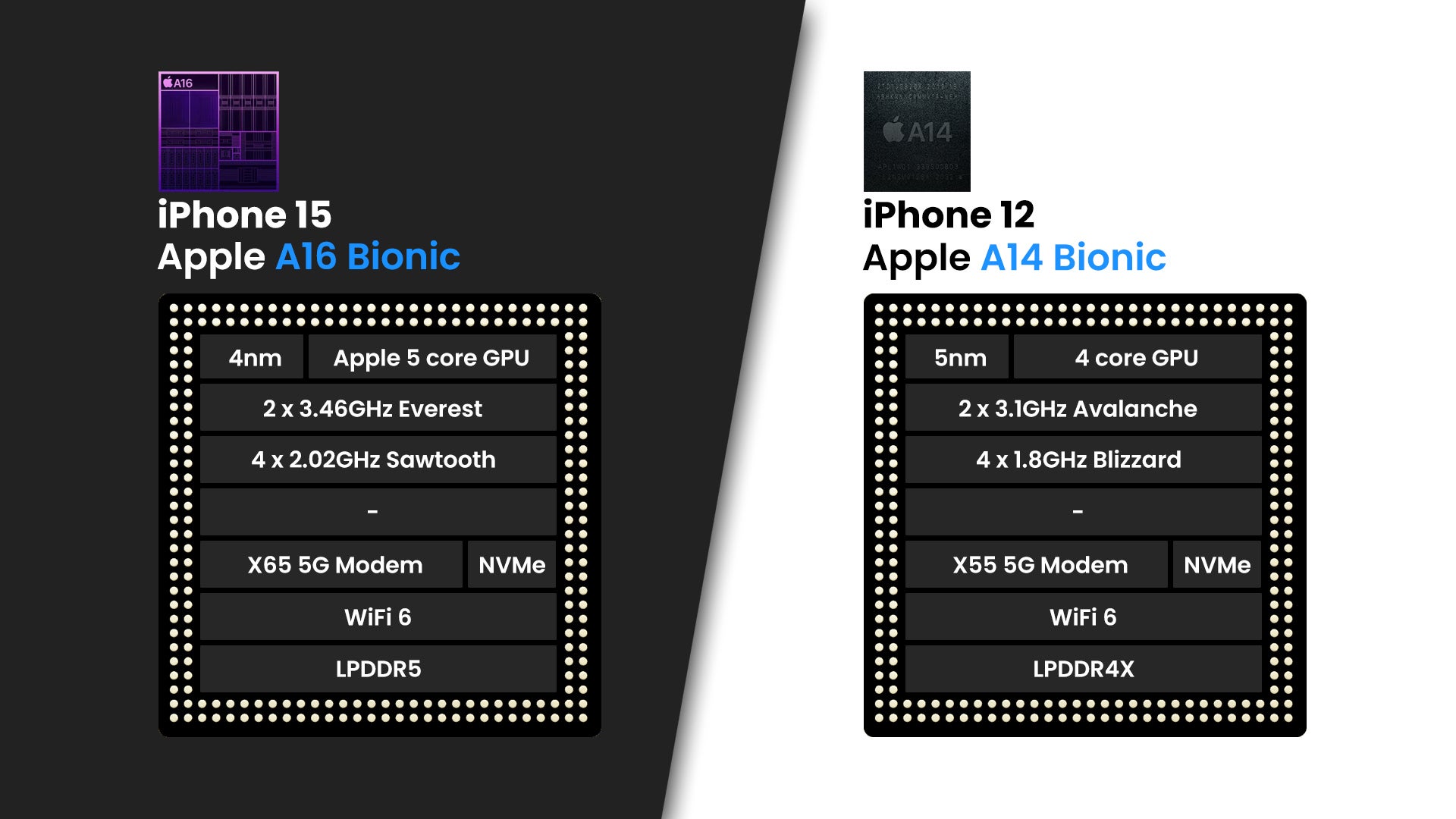
The iPhone 12 comes with the A14 Bionic chipset, which is still a great performer even after three years, but it is starting to show its age. The iPhone 15 inherits the A16 that came with last year's Pro models, and it offers significant improvements in processing power, but even more so when it comes to graphics performance. Moreover, the A16 is much more power-efficient.
As per the PhoneArena benchmark tests, the iPhone 12 really can't hold a candle to the iPhone 15 in both the CPU-heavy Geekbench and the GPU-heavy 3DMark tests. The difference is serious, so the iPhone 15 truly is a league above its aging predecessor.
Other small upgrades the iPhone 15 has over the iPhone 12 include Bluetooth 5.3 (compared to 5.0) and a faster, more power-efficient 5G modem.
Software-wise, the iPhone 15 and iPhone 12 both support the iOS 17 software update, but will get iOS 18 this autumn. This means that the new features Apple announced during its WWDC developer conference, such as the iMessage glow-up, the improved autocorrect, the new Journal app, and everything else are coming to both phones.
The one difference between the two is that the iPhone 15, being the latest model, will be much more future-proof when it comes to software updates. Still, the iPhone 12 has probably around 2–3 years of software support left, so it has plenty of life in it.
Software-wise, the iPhone 15 and iPhone 12 both support the iOS 17 software update, but will get iOS 18 this autumn. This means that the new features Apple announced during its WWDC developer conference, such as the iMessage glow-up, the improved autocorrect, the new Journal app, and everything else are coming to both phones.
Camera
Stepping up the game
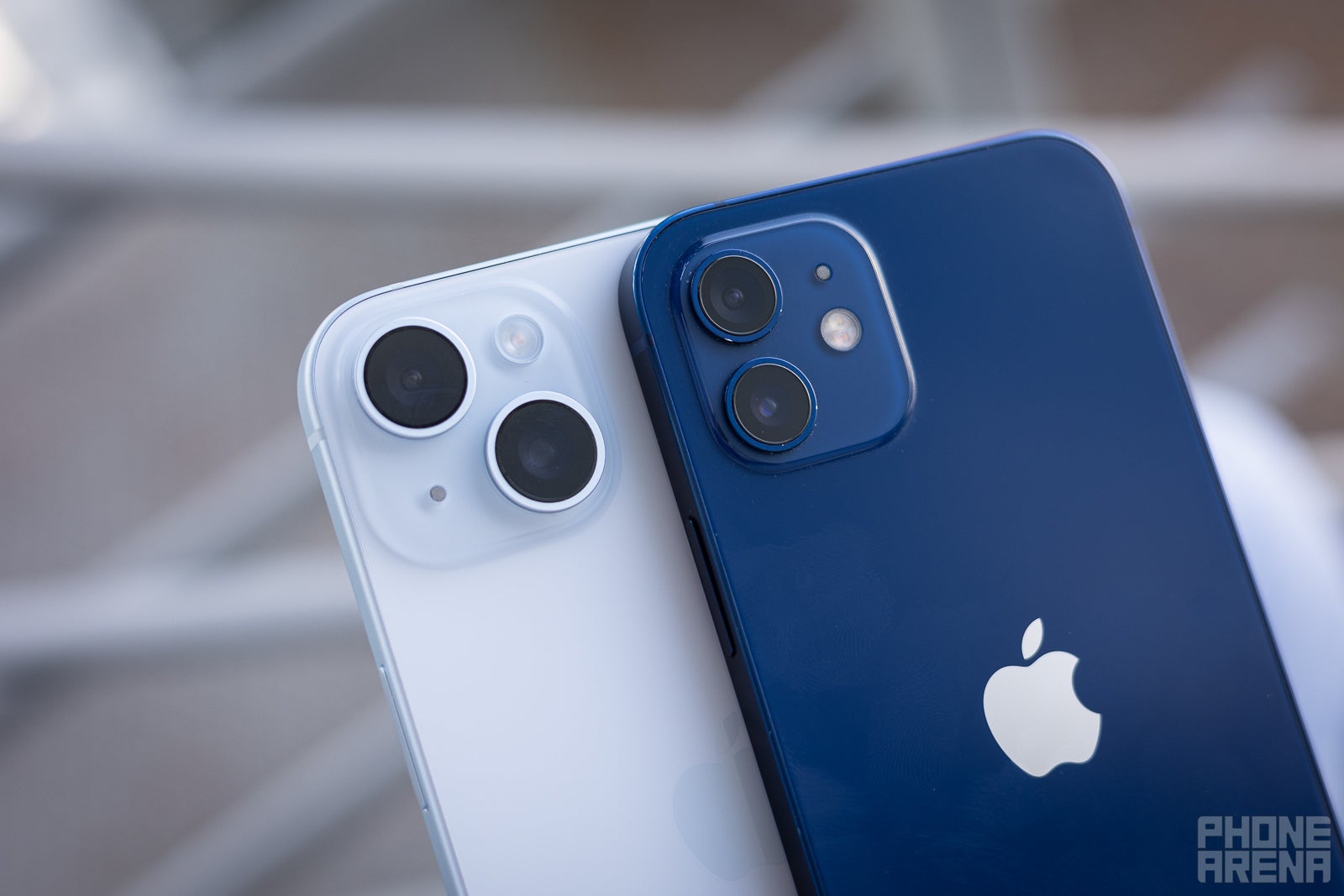
There are several key improvements that come with the iPhone 15's camera system that make it a much better phone for taking photos and videos compared to the iPhone 12. Of course, most of them have to do with the new 48MP main camera.
Main Camera
Compared to the 12MP main image sensor on the iPhone 12, the 48MP one on the iPhone 15 can produce significantly higher levels of detail, resulting in sharper photos and videos with richer colors. Improvements in the Smart HDR mode also contribute to more true-to-life skin tones, brighter highlights, and darker shadows.
Zoom Quality
Having a 48MP main camera with a larger sensor provides the iPhone 15 with a better 2x zoom that offers image quality very close to that of a dedicated telephoto camera, making the iPhone 15 camera much more versatile compared to the iPhone 11's.
Portrait Mode
Software-wise, Apple has also improved Night mode to make images taken in low-light appear with more vivid colors and higher detail. The more hefty upgrade, however, comes in the Portrait mode. The iPhone 15 can create what Apple calls 'next-generation portraits,' where a regular photo can be transformed to a Portrait after it has been taken. What's more, you can also switch the focus of a portrait photo to a different person after the capture.
Selfies
Video Quality

Audio Quality and Haptics
Audio quality and haptics should be mostly the same between the two phones, as there haven't been any significant improvements on either front since the launch of the iPhone 12. Apple also did not mention anything new during the iPhone 15 announcement.
Battery Life and Charging
Big gains, at least in the battery life segment
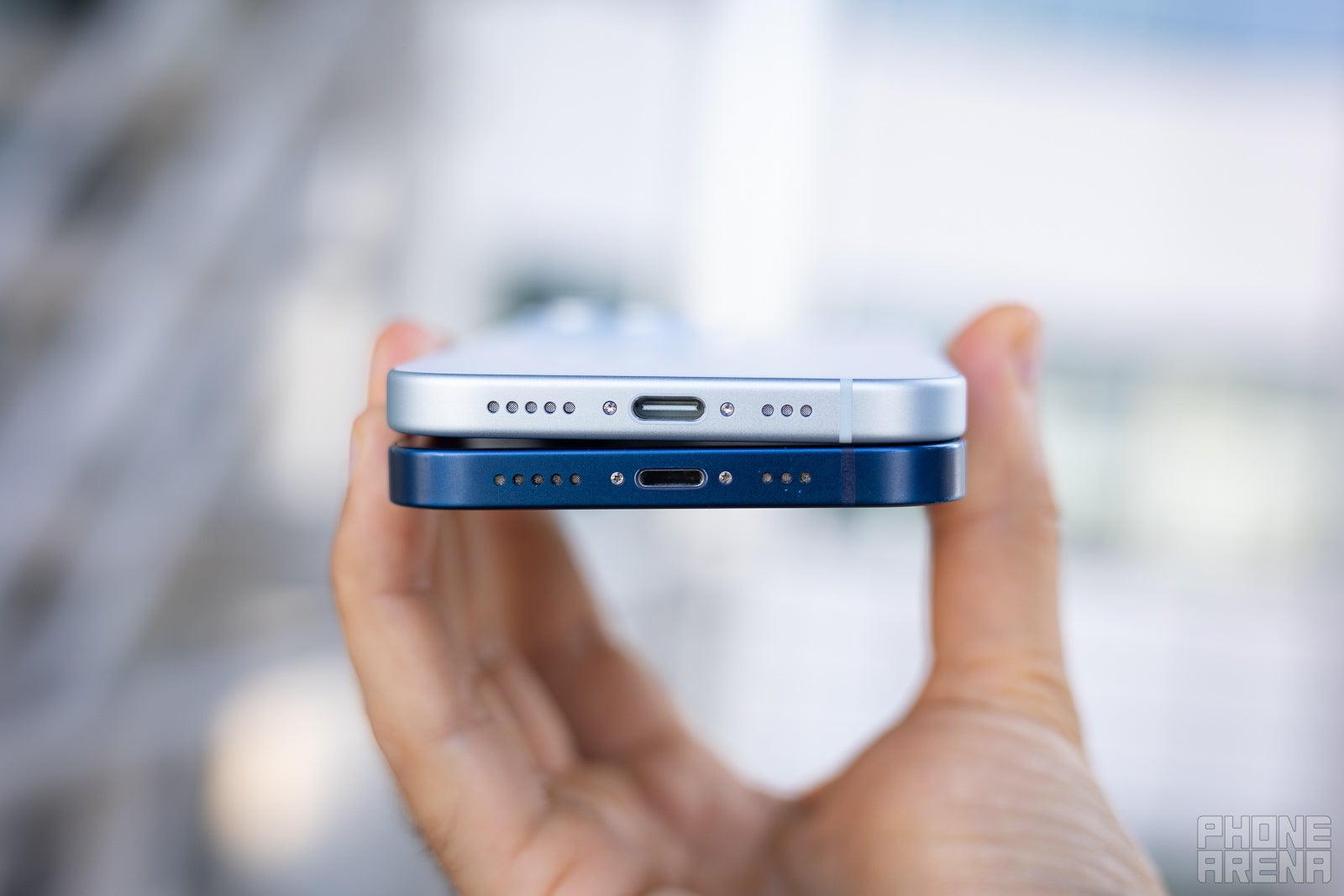
The iPhone 12 and the rest of its lineup was not exactly popular with its battery life. Then the iPhone 13 came along and entirely changed that, ending up as one of the battery life kings for that year. The iPhone 15 inherits a similarly impressive battery life, thanks to the A16 chipset's improved power-efficiency and the larger battery it comes with.
According to our benchmark tests, the iPhone 15 steadily beats the iPhone 12 in all three of our video streaming, 3D gaming, and web browsing tests. Those are all conducted with the displays set at 200 nits and in a controlled environment.
Charging, on the other hand, is the same even after three generations down the line. That means 20W maximum wired charging speeds, and 15W MagSafe wireless charging. Sadly, the new USB-C port is not utilized to improve this aspect. According to our tests, the iPhone 15 would charge a bit more in 15 and 30 minutes, respectively, but the total charging time is the same, shy of two hours.
PhoneArena Charging Test Results:
Specs Comparison
Check out a summary of both the iPhone 15 and iPhone 12's specs below:
| iPhone 15 | iPhone 12 | |
|---|---|---|
| Size, weight | 5.81 x 2.82 x 0.31 inches, 6.03 oz (147.6 x 71.6 x 7.8 mm, 171.0 g) | 5.78 x 2.81 x 0.29 inches (146.7 x 71.5 x 7.4 mm) 5.78 oz (164.0 g) |
| Screen | 6.1" OLED, 60Hz, 2000 nits peak brightness, 1600 peak HDR brightness | 6.1" OLED, 60Hz, 1200 nits peak brightness |
| Processor | A16 Bionic 4nm | A14 Bionic 5nm |
| RAM, Storage | 6/128GB 6/256GB 6/512GB | 4/64GB 4/128GB 4/256GB |
| Cameras | 48MP main 12MP ultra - 12MP front | 12MP main 12MP ultra - 12MP front |
| Charging | USB-C 20W wired 15W MagSafe | Lightning connector 20W wired 15W MagSafe |
Don't forget that we also have an in-depth iPhone 15 vs iPhone 12 specs comparison table here, where you can learn more about all the smaller details.
Summary and Final Verdict
The iPhone 15, given that it is three years newer compared to the iPhone 12, definitely offers plenty of significant changes to justify an upgrade. You get a much better camera system, a more capable processor, but (arguably) most importantly — greatly increased battery life. Then there are all the little things such as the Dynamic Island and USB-C port (at least you don't have to use different cables anymore).
So, suffice to say, you probably won't be disappointed if you are decided to upgrade to the iPhone 15. Then again, if your iPhone 12 is still holding up well enough for you and you don't see anything too alluring about the new model, you should feel safe it won't let you down for at least one or two more years.
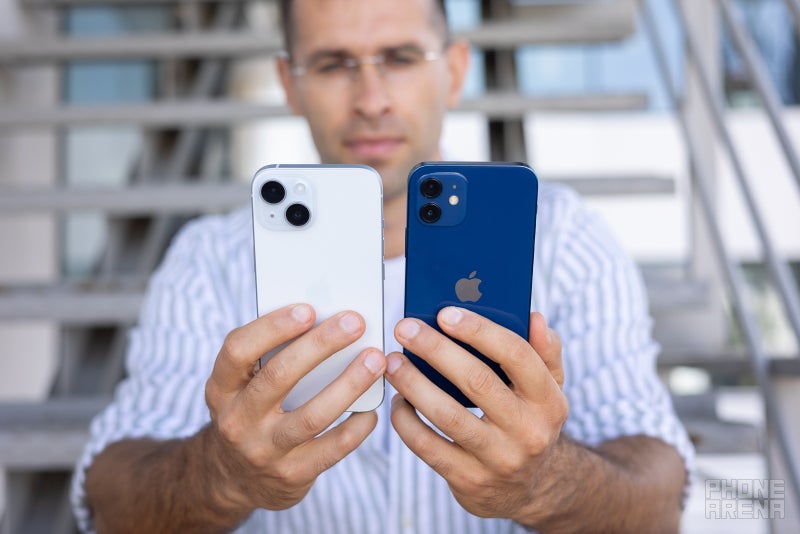
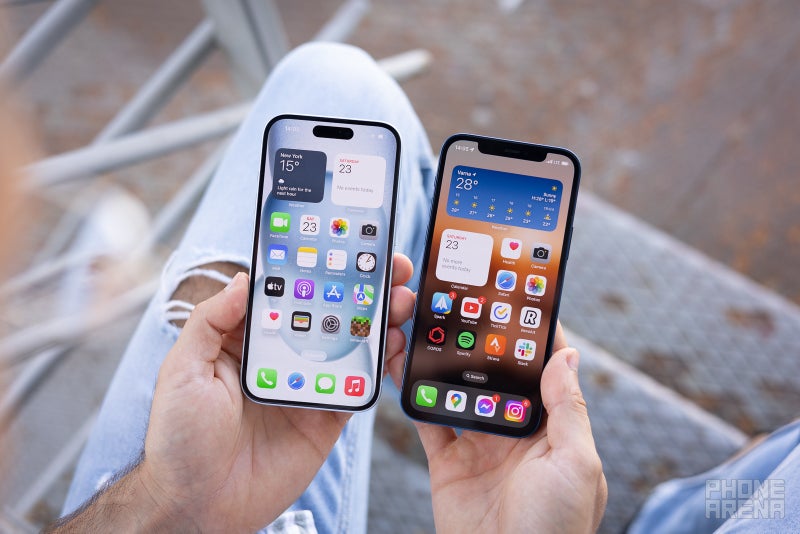
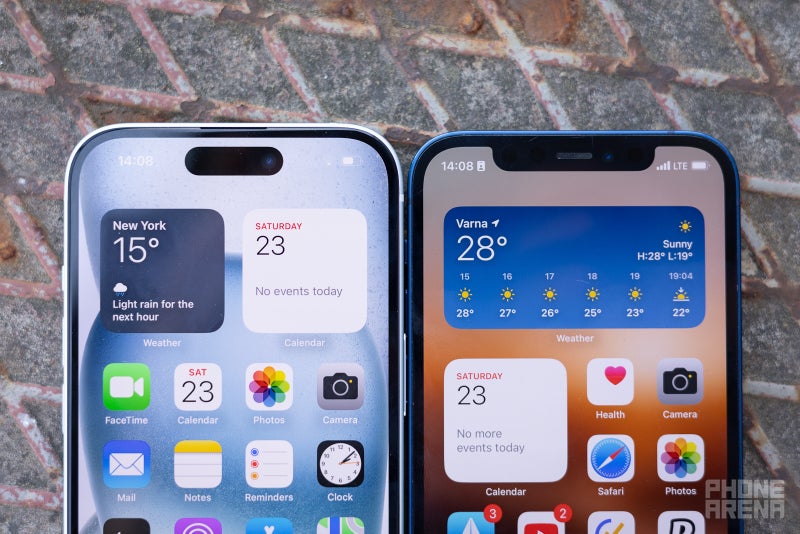
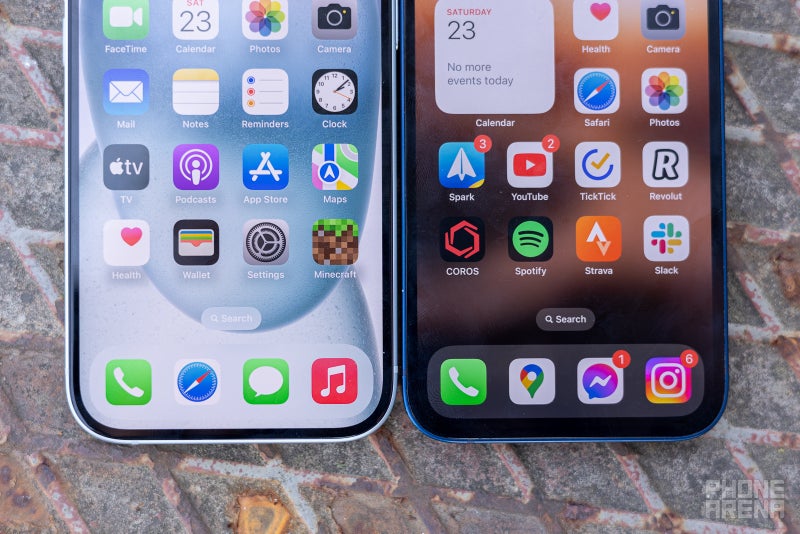








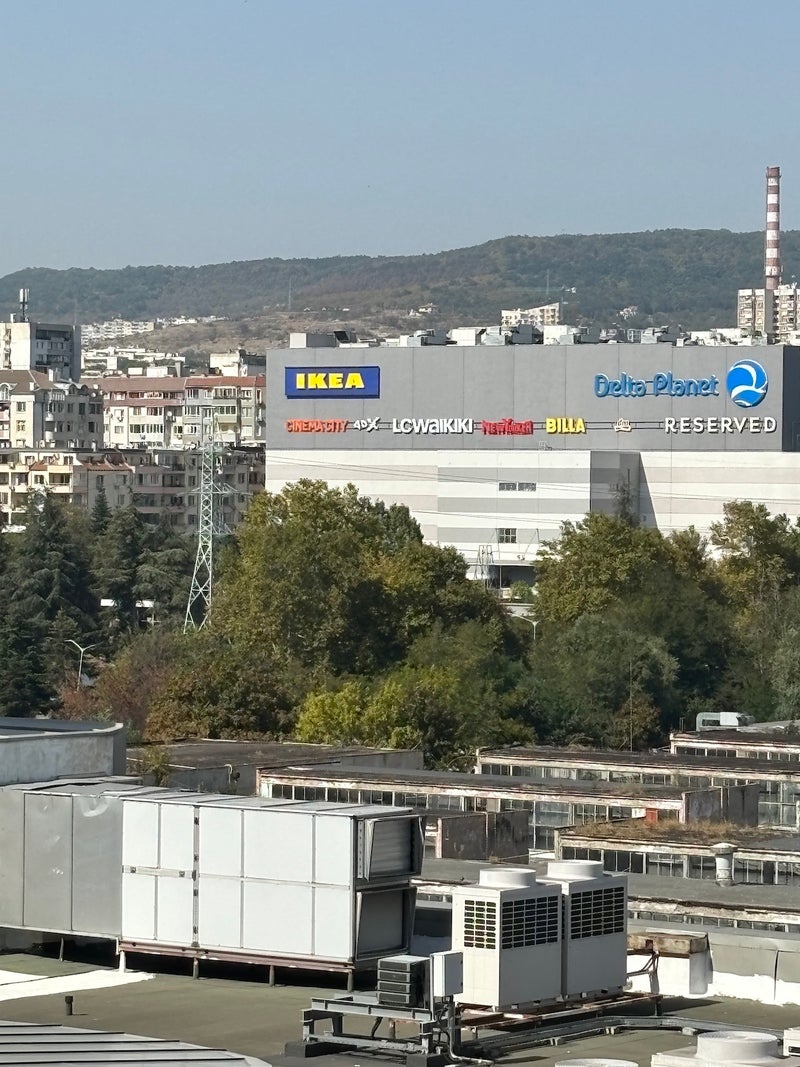












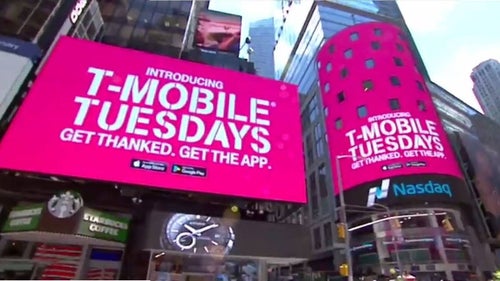
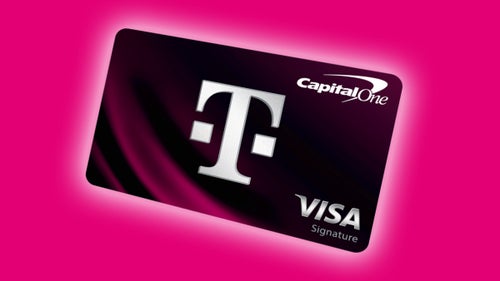
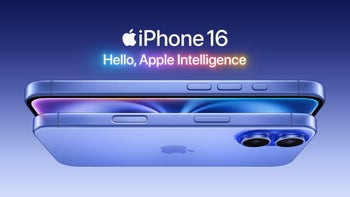
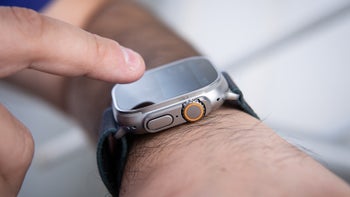
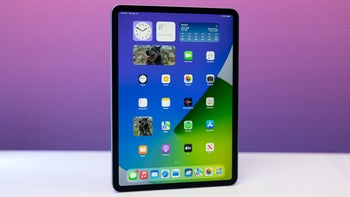
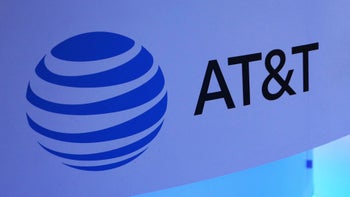

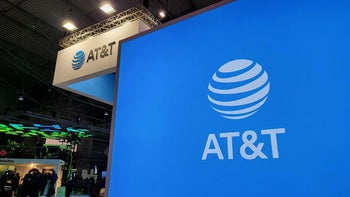






Things that are NOT allowed: